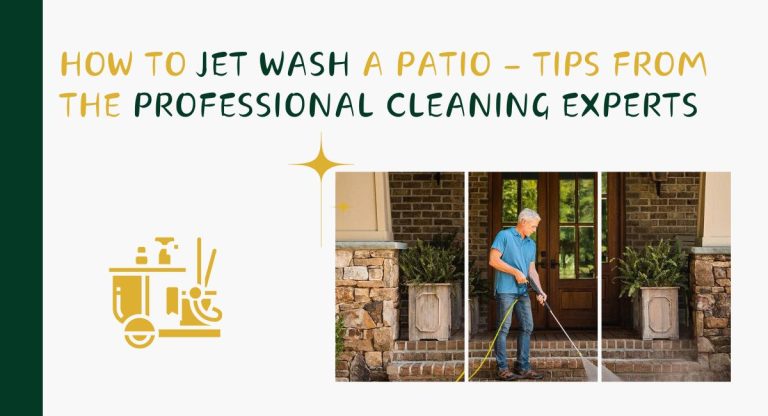Vacuum thoroughly, especially in areas where bed bugs like to hide. Double-bag all the vacuum trash and throw it in an outdoor garbage container. Inspect walls and ceilings for signs of bed bugs, as well as the tiny cracks around windows and door frames. Check the seams of upholstered furniture and drapery pleats, too.
Vacuuming
It’s important to vacuum as soon as possible, preferably before bed bugs start laying eggs. However, even a minor infestation can be difficult to eliminate with just a simple vacuuming. First, make sure you have the right type of vacuum cleaner for the job. It’s recommended to use a bagged vacuum that is specifically designed for bed bug control. This will help prevent the pests from escaping during the vacuuming process and re-infesting other areas in your home. Also, choose a vacuum with a crevice tool that will allow you to get into corners and crevices where the pests might be hiding.
When you are vacuuming, pay close attention to your mattress and box spring, especially the areas around buttons, tufts, and folds. Also, pay attention to the meeting points of the headboard and frame. Look for rust-colored droppings and tiny pale yellow eggs.
Next, check the walls near your bed. Make sure you look behind electrical face plates and outlet covers, as well as the tiny cracks and crevices around trim and baseboards. Also, take care to examine furniture that is close to your bed like nightstands, dressers and armoires. Look for bed bugs in the seams, corners, and crevices of these items.
After vacuuming, wash all fabrics and linens including pillow cases, sheets and comforters at the highest setting allowed by the manufacturer. If an item can’t be washed, seal it in a plastic bag until you can treat or dispose of it.
Heat Treatment
Bed bugs are a resilient pest, but extreme heat can kill them. A professional heat treatment uses specialized equipment that can raise the temperature of your home to above 140 degrees Fahrenheit, enough to kill every stage of a bed bug’s life cycle. During the treatment, fans circulate the air to keep it at an even temperature throughout the space.
Before a professional heat treatment, it’s important to prep the infested area. Start by vacuuming the carpet and washing your linens in hot water. If you don’t have a washing machine with high temperatures, put the linens in the dryer for 30 minutes. It’s also a good idea to clean or discard any clothes that have bed bugs in them, since the insects can travel on clothing and shoes.
You should also check for any other hiding places. Look behind furniture, such as accent chairs and futons; look in the cracks and crevices of wood paneling and trim; and check under carpet. You should also inspect cluttered areas like closets for any piles of clothing, clutter or boxes of books or toys.
Finally, don’t forget to check the bedroom itself. Look for bed bugs in the mattress, box spring and frame; in the slats of the bed’s headboard; and in any cracks or crevices around windows and door frames.
Glue Traps
When it comes to detecting and monitoring a bed bug infestation, glue traps are an effective tool for the job. These adhesive pads can be placed in places where the bugs are most active, such as on furniture or bed frame legs, between the mattress and box spring, or around baseboards and other edges of rooms.
Glue traps capture the bugs as they try to escape from these areas, so they’re an excellent tool for identifying the number of pests in your home and measuring progress towards treating the problem. However, it’s important to note that not all creatures are suitable candidates for this type of trap. PETA has received numerous calls from distraught people who have found small animals such as birds, frogs, and salamanders hopelessly trapped on these sticky boards.
If you find any signs of bed bugs in your home, it’s important to keep records through the entire process. This will help you to evaluate the results and ensure that you have completed all necessary steps to get rid of bed bugs.
Once you’ve cleaned all infested items, seal any tiny hiding areas with silicone caulk. This will help to prevent the bugs from crawling in again once they’re cleared from your home. Additionally, you should throw away any infested furniture that you can’t clean. Be sure to clearly label it as “bed bugs” so that it doesn’t end up in someone else’s house and cause an additional infestation.
Chemical Treatment
Fortunately, there are several chemical treatments available to kill bed bugs and dust mites. One of the most popular is cold pressed neem oil, which has been shown to be very effective against both adult bed bugs and their eggs. Other pesticides, such as pyrethroid sprays, can also be used. It’s important to choose a product that is registered for use against bed bugs and follow the label directions carefully.
If you decide to use a pesticide, be sure to thoroughly prepare the area before spraying. For example, vacuum or sweep carpeting to remove dirt and debris that can trap bed bugs, and caulk cracks in furniture or around baseboards. In addition, it’s a good idea to clear out clutter by picking up books, magazines, toys and other items that can hide bed bugs. Also, don’t move any items from an infested room to a clean room; this could spread the bugs.
Finally, search the walls and furniture for signs of bed bugs, especially in the tiny crevices behind headboards, wall trim and electrical outlet faceplates. Also check for bed bugs in the seams and pleats of upholstered furniture, and in any other small hiding places. Also, pay special attention to slats on bunk beds, as these are perfect places for bed bugs to climb.






















+ There are no comments
Add yours